Comet C/2023 A3 (Tsuchinshan-ATLAS) has taken center stage in the night skies of 2024, offering skywatchers and astronomers alike breathtaking views as it streaks across the sky. With its long dust and ion tails, the comet has provided spectacular photo opportunities around the world, becoming a dazzling target for both professional photographers and casual observers.
This page is dedicated to providing you just with spectacular images and videos of this wonderful comet. So less words, more images! Enjoy!
Most spectacular images of comet Tsuchinshan-ATLAS
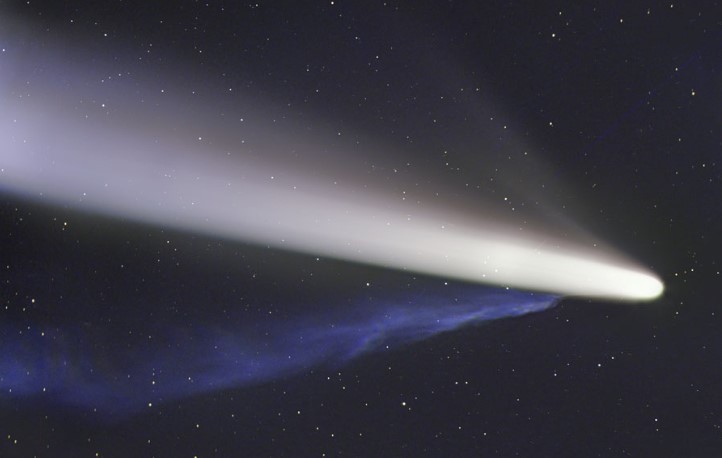
Below is one of our favourite images of the comet with a wonderful foreground and background thanks to the beauty of the Atacama Desert. Thanks go to Yuri Beletsky for his efforts and skills to go out there and take the image!
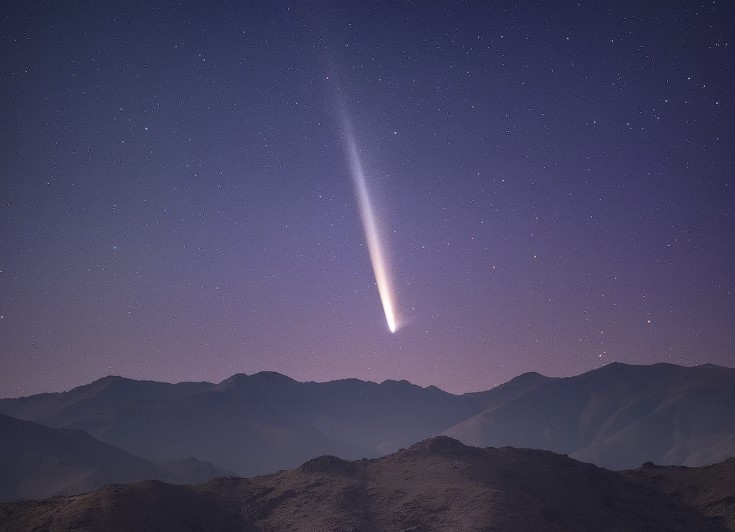
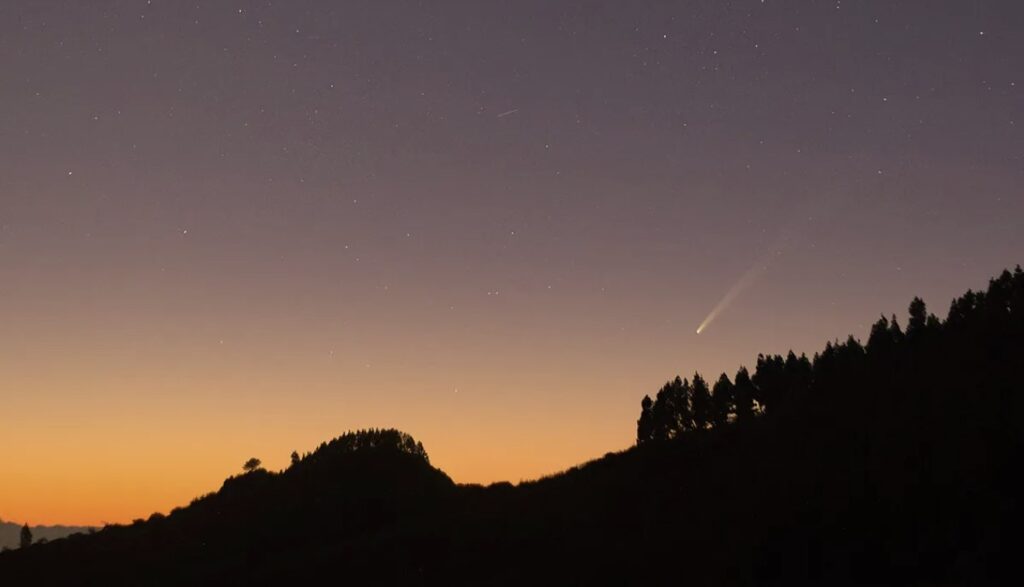
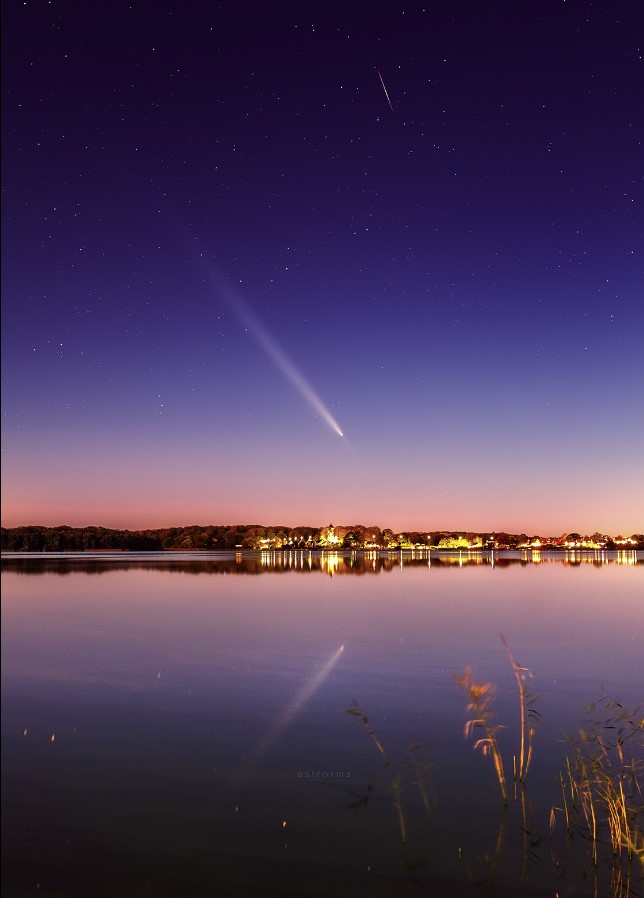
20×30”, f/2.8, ISO 400
Comet Tsuchinshan-ATLAS’ Anti-tail
This wonderful image taken by Michael Jäger & Gerald Rhemann clearly shows the anti-tail. This unique and visually striking feature of some comets, including Comet Tsuchinshan-ATLAS is where the tail appears to point toward the Sun rather than away from it. This phenomenon is caused by the comet’s position relative to Earth and the way particles in its dust tail reflect sunlight. Unlike the ion tail, which is pushed directly away from the Sun by solar wind, an anti-tail results from larger dust particles that follow the comet’s orbit. When viewed from Earth at certain angles, this alignment can create the illusion of a “backward” tail.
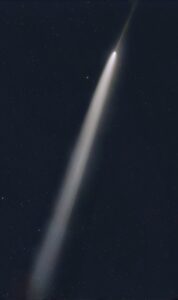
C/2023 A3 2024 oct. 15 17.30 UT 10 min Zeiss-Milvus f-135/2.8 Nikon Z6mod Michael Jäger & Gerald Rhemann Hardegg, Austria
Click image to Enlarge!
Videos of Comet A3
Astronaut Don Pettit aboard the International Space Station (ISS) recently shared breathtaking images of Comet Tsuchinshan-ATLAS. His photographs showcase the comet appearing alongside a meteor burning up in the atmosphere, giving viewers a unique perspective of these celestial bodies seemingly in formation. Pettit captured this moment on September 23, with the comet brightening significantly since then.
On October 9, the Solar and Heliospheric Observatory (SOHO) spacecraft recorded stunning footage of the comet as it crossed the sun’s view during a significant solar flare. In these images, the comet’s coma extends about 130,000 miles, while its tail stretches an impressive 18 million miles
This event has allowed for spectacular imaging opportunities for both professionals and amateur astronomers with the correct equipment.
Although, as expected the comet is showing signs of dimming as the comet has passed perihelion passage, C/2023 A3 is still putting on an excellent show. The comet is still readily visible for binocular viewing in the evening skies. Make sure you get out there to view before this icy object continues it’s journey away from our neck of the woods.
